We may earn money or products from the companies mentioned in this post. This means if you click on the link and purchase the item, I will receive a small commission at no extra cost to you ... you're just helping re-supply our family's travel fund.
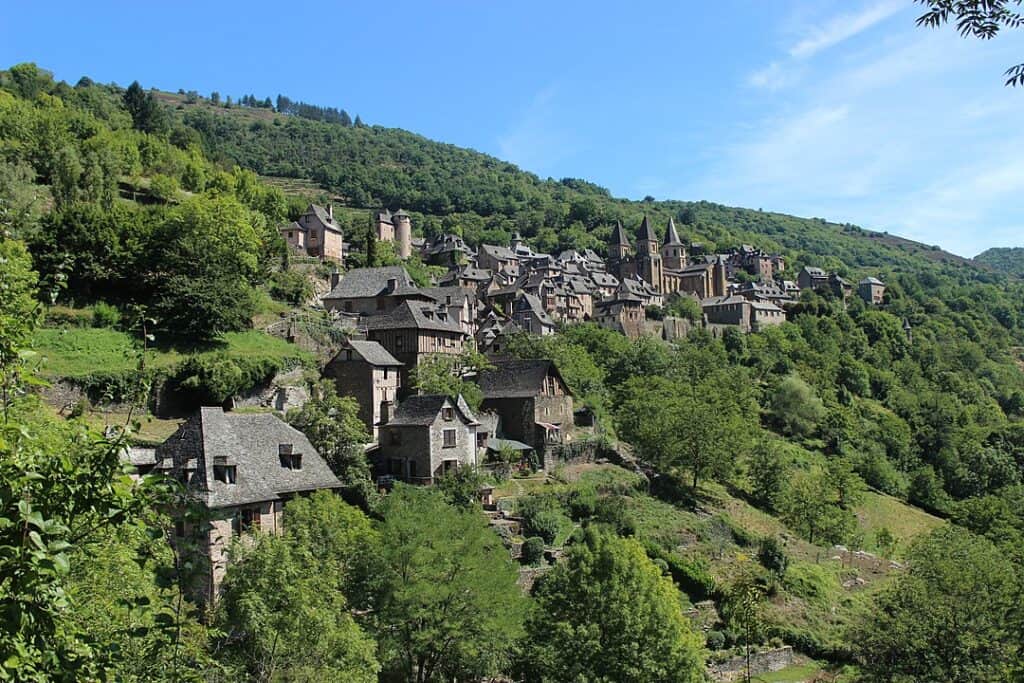
October creeps in, and Europe’s smallest settlements seem to exhale old stories. Cobblestone lanes darken early, chapel bells skim low fog, and tavern windows glow like lanterns. Here are villages where Gothic silhouettes, folklore, and stone-on-stone silence shape a perfect Halloween weekend. Expect hilltop fortresses, candlelit naves, and alleys made for lingering shadows. From Saxon hamlets in Transylvania to cliff towns in Italy, each place rewards slow wandering, warm soup, and the hush that follows a bell striking nine. Tonight, history feels awake.
Biertan, Romania
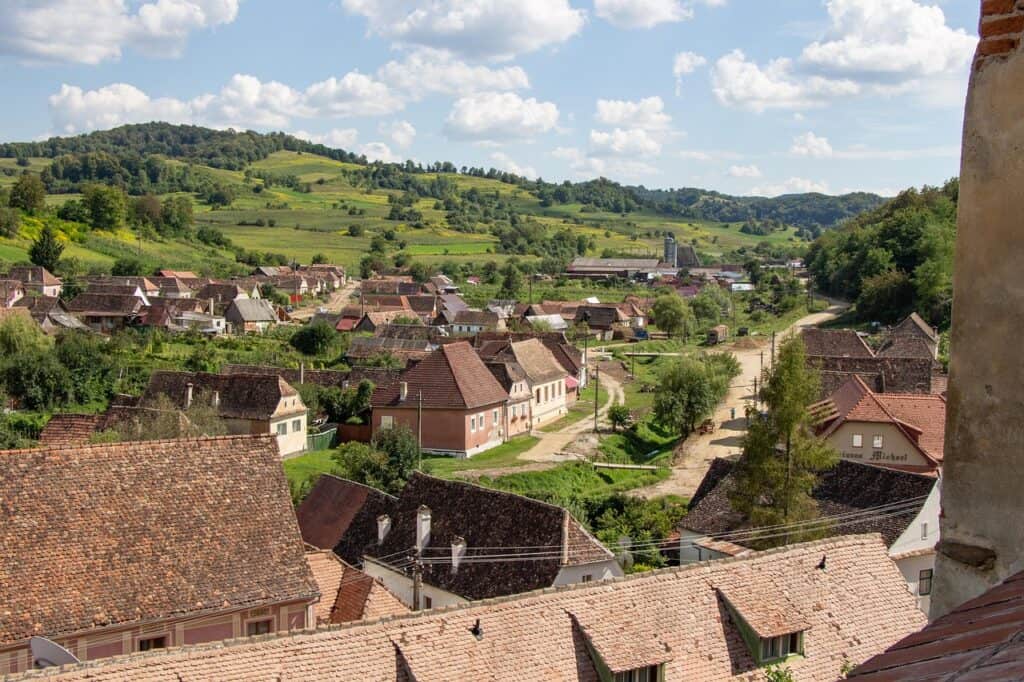
Biertan’s fortified church rises over terraced vineyards, its ring walls and watchtowers closing like a clasp at dusk. Inside, a carved sacristy door bears a 16th-century lock of intricate gears, a small marvel that once guarded chalices and gossip alike. Night settles fast in the valley; timber houses creak, dogs answer distant bells, and the Saxon plan of lanes and barns feels unchanged. A lantern in mist here reads less like décor, more like a signal to the past.
Viscri, Romania
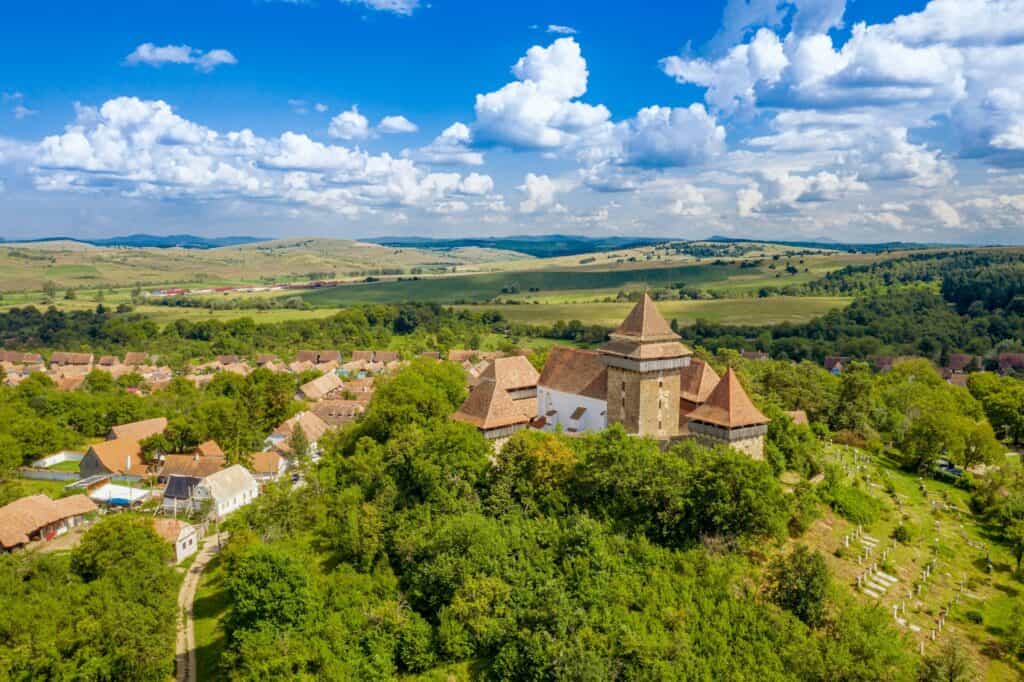
Viscri keeps its edges soft: lime-washed cottages in blues and creams, wagon tracks, and geese negotiating the road. Above it, a white fortified church stands spare and stern, its courtyard scented with woodsmoke and quince. King Charles restored a cottage here, but celebrity feels incidental; the village belongs to hoofbeats, ovens, and handwoven socks. On a late October evening the walls pinken, the well clinks, and shadows fold into stairwells where candles once counted the hours.
Conques, France
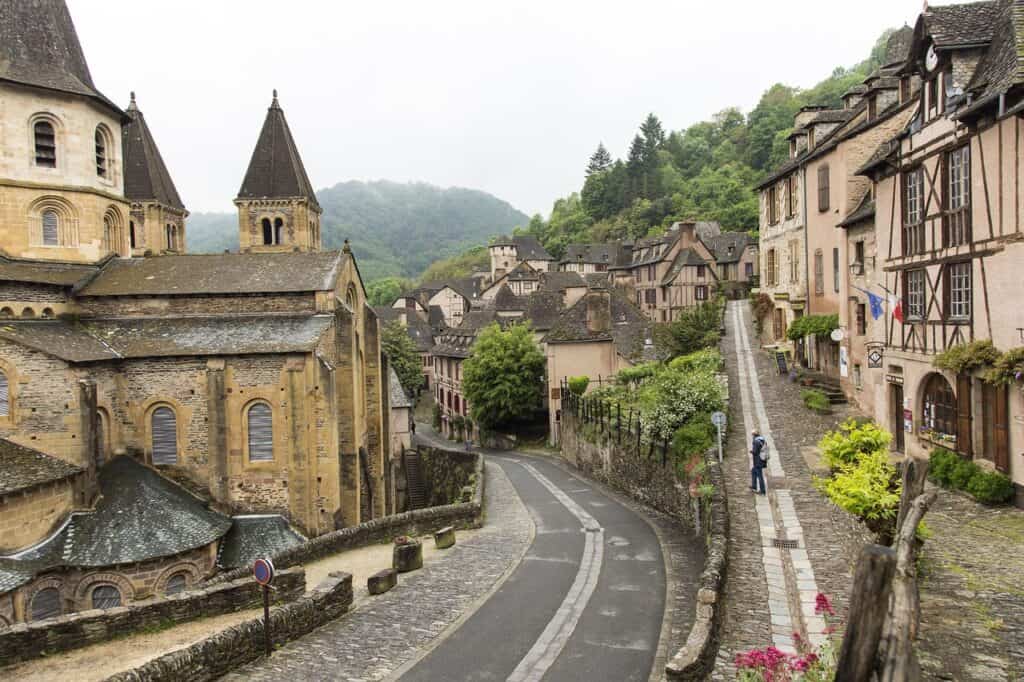
Conques gathers like a chalice in a bend of the Dourdou, its slate roofs tipping toward the great abbey of Sainte-Foy. Romanesque at heart yet solemnly Gothic in mood, the tympanum crowds with carved souls while the interior glows in alabaster light. Pilgrims still arrive on the Way of St. James, boots whispering over worn steps. After dusk, alleys narrow to a hush, and the abbey’s towers seem to drink the sky, leaving the village wrapped in patient, medieval breath.
Cordes-sur-Ciel, France
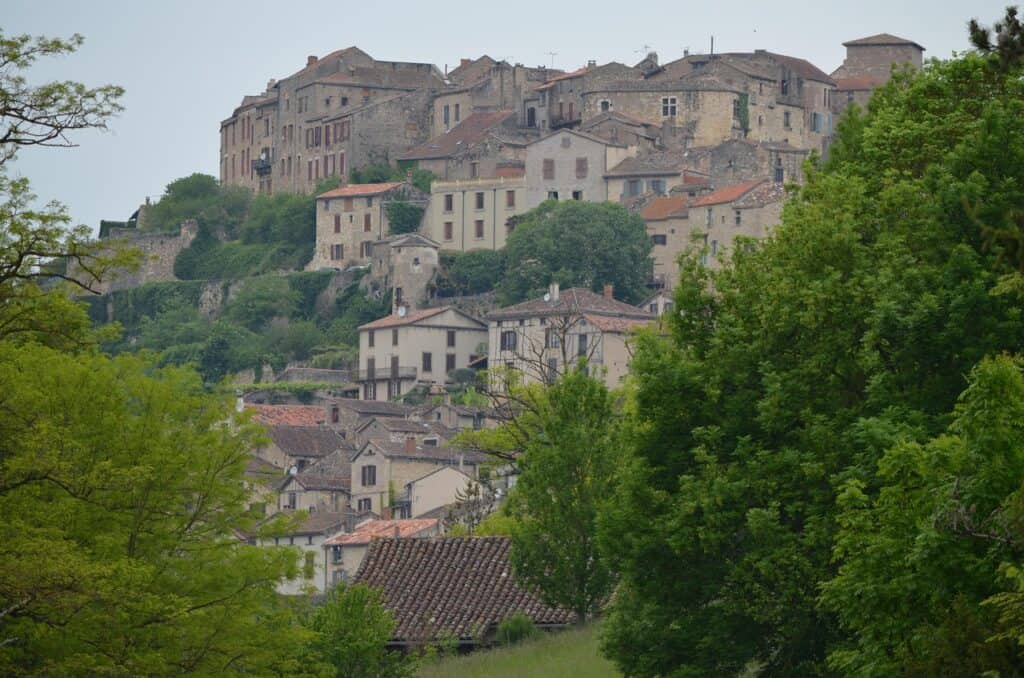
Perched above morning clouds, Cordes-sur-Ciel earns its name when mist pools like a sea around its walls. Gothic merchants’ houses climb the hill with traceried windows and dragon gutters, relics of a wealthy 13th-century boom. Studios and ateliers hide behind heavy doors; incense and rain mix in the arcades. As October light thins, the lanes become a chiaroscuro of arches and iron. By night, the gatehouse frames a sky so black it could be inked, the village afloat between earth and heaven.
San Gimignano, Italy
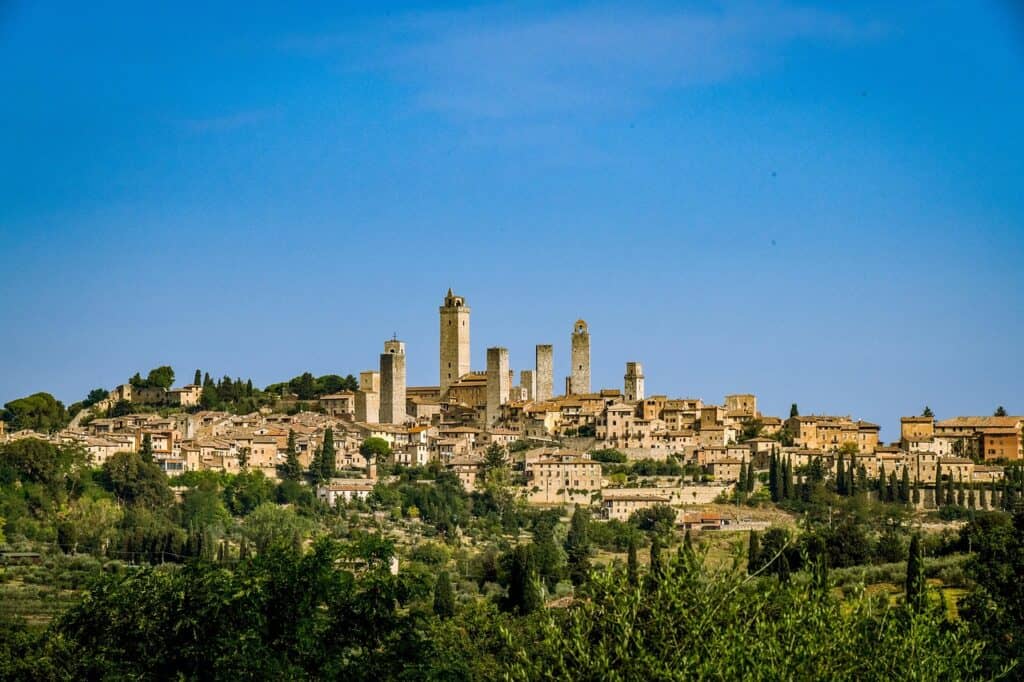
San Gimignano’s towers stand like organ pipes, each a stone ambition from rival families, now playing one silent hymn. Frescoed chapels flicker with votive light, and well shafts breathe cool air from centuries below. Market stalls retreat early in October, leaving courtyards to olive wood smoke and footsteps that echo cleanly. In the dark, the Torre Grossa cuts a severe figure against the Tuscan sky, and the town’s lanes frame small dramas of bells, shutters, and passing cloaks.
Civita di Bagnoregio, Italy
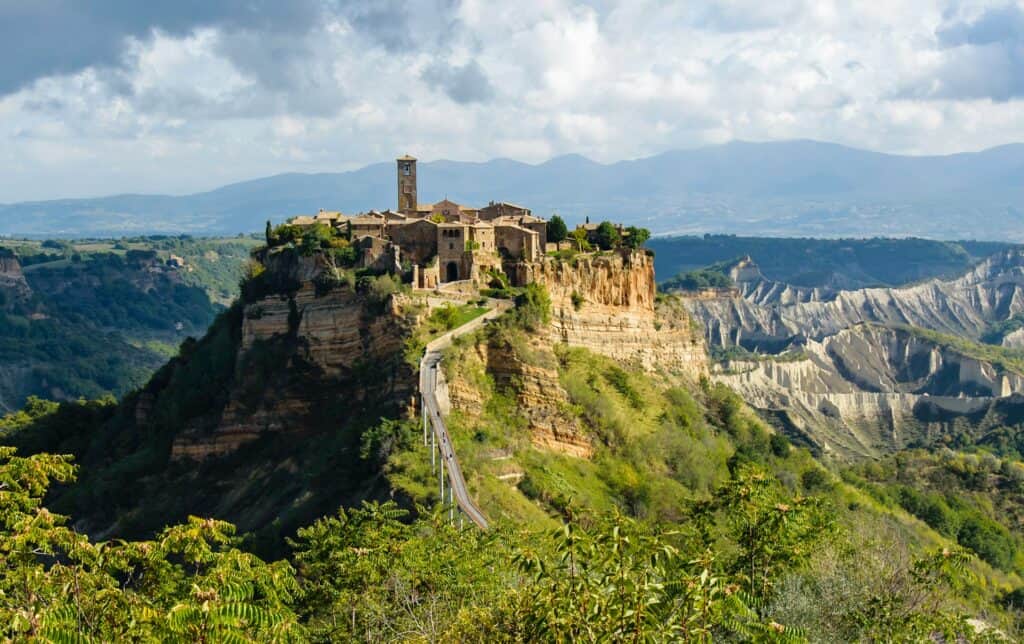
Reached by a slender footbridge over badlands, Civita di Bagnoregio appears as a mirage of tufa and brick. Erosion once doomed it; now its fragility sharpens the Gothic hush that falls after sunset. Arched gates, a worn piazza, and narrow lanes hold the sound of cutlery and the long tail of conversation. Fog climbs the ravines and turns the cliff edges spectral. Lanterns bloom along the bridge, and the village seems to detach from the world, a candle balanced on air.
Óbidos, Portugal
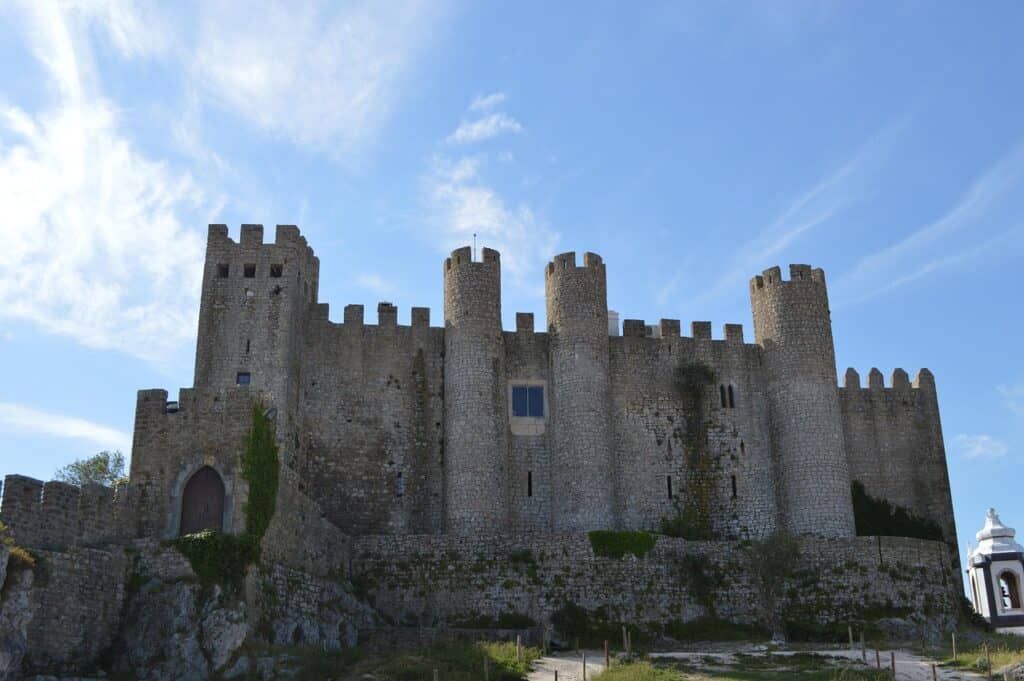
Óbidos folds within crenellated walls, white houses trimmed in saffron and blue, bougainvillea spilling like ribbon. The castle keeps a watch both decorative and grave, its battlements walking the ridge above tiled eaves. In late October, cocoa stalls and chestnut smoke sweeten the alleys while swallows knife the wind. Night drapes the aqueduct and the Porta da Vila, and the lanes turn theatrical: lantern light against azulejo sheen, a hush broken only by armor in the small museum shifting as if it remembered a march.
Lacock, England
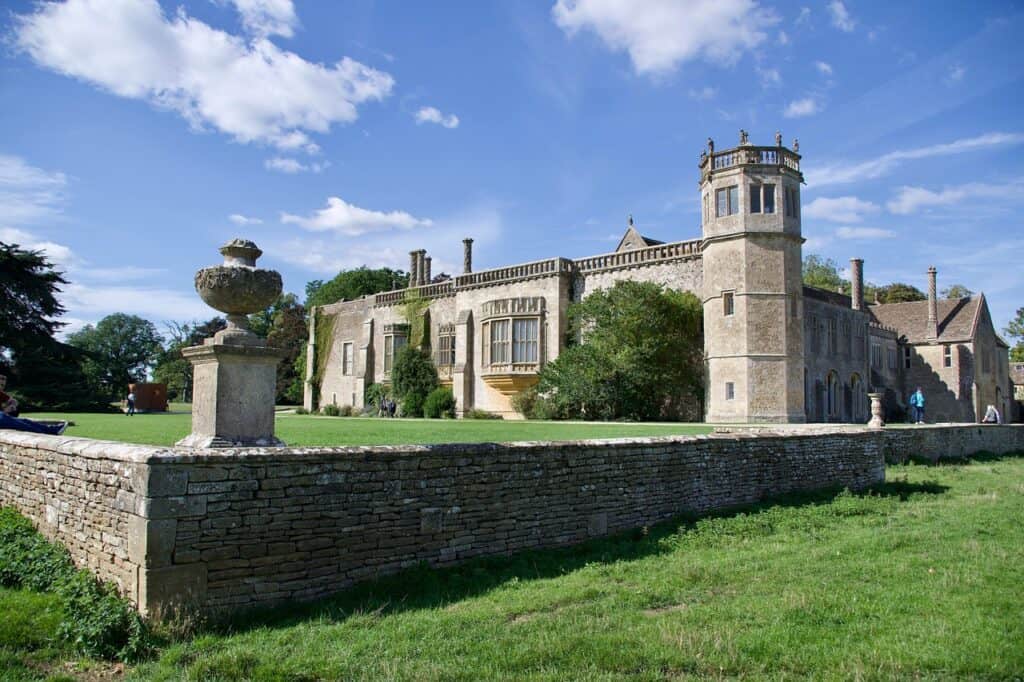
Lacock sits low and honey-colored, its half-timbered fronts and stone gutters carrying rain toward the Avon. The abbey reads as a palimpsest: cloisters, Gothic tracery, and a country-house skin, familiar to filmmakers who hunt for undisturbed centuries. After dark, oil lamps inside the inn tint the street a quiet amber. Footsteps ring on flagstones, a door latch clicks, and the village becomes a corridor of thresholds, as if the next one might open onto the nineteenth century, or something older still waiting by candlelight.
Quedlinburg, Germany
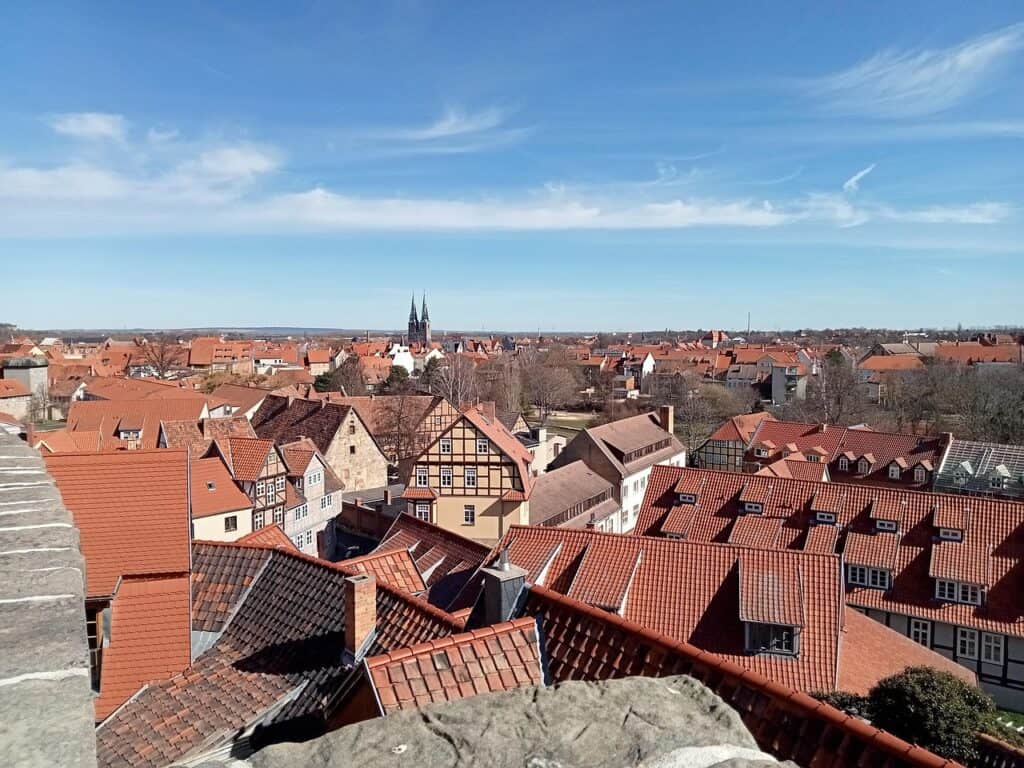
Quedlinburg piles half-timbered houses in improbable angles beneath a castle hill, the roofs shingled like scales. St. Servatius holds Ottonian relics and a crypt that smells of lime and candle wax, a stillness fit for late autumn. Lamps crosshatch the marketplace after rain, and bakery windows fog with poppy loaves cooling on racks. The Brocken looms in Harz legends nearby; on a Halloween weekend, wind turns corners sharply, carrying a rumor of broom bristles on stone.
Mdina, Malta
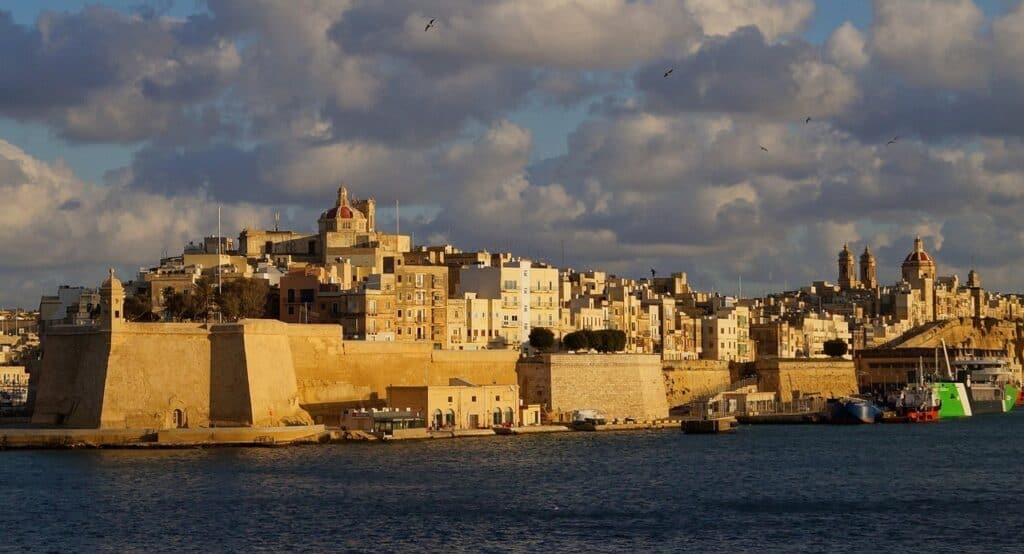
Mdina’s nickname, the Silent City, earns itself by night when limestone lanes drink sound to a whisper. Baroque fronts meet Gothic fragments, and iron knockers shaped like fish and hands hold the last gleam of dusk. The bastions watch dark fields and a scatter of village lights below. An occasional carriage traces a soft echo under archways, and incense from nearby Rabat threads the air. Here, stillness feels ceremonial, as if the city waits for a procession that is fashionably late by a few centuries.